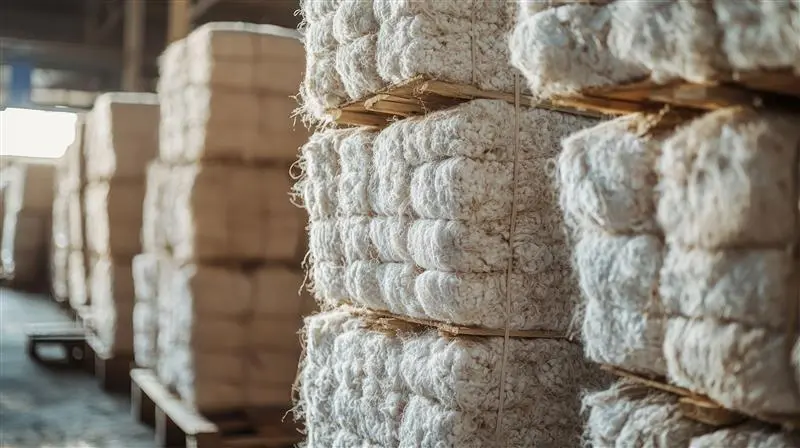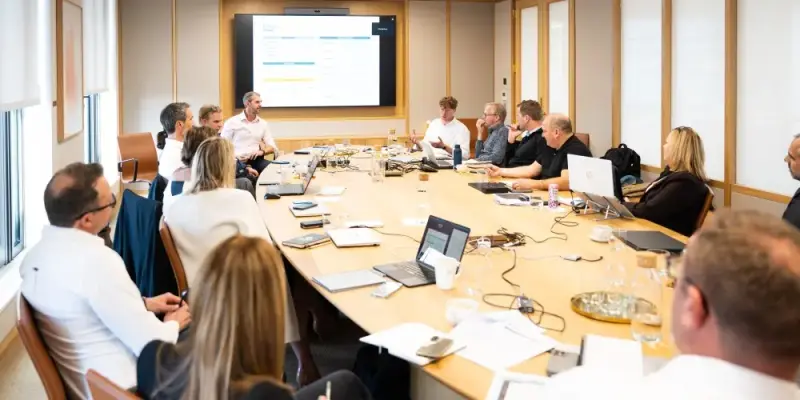Fashion Compliance in 2025: Key Trends Shaping Brands & Retailers
By Ana Hinojosa | 21 January 2025
minutes to read.
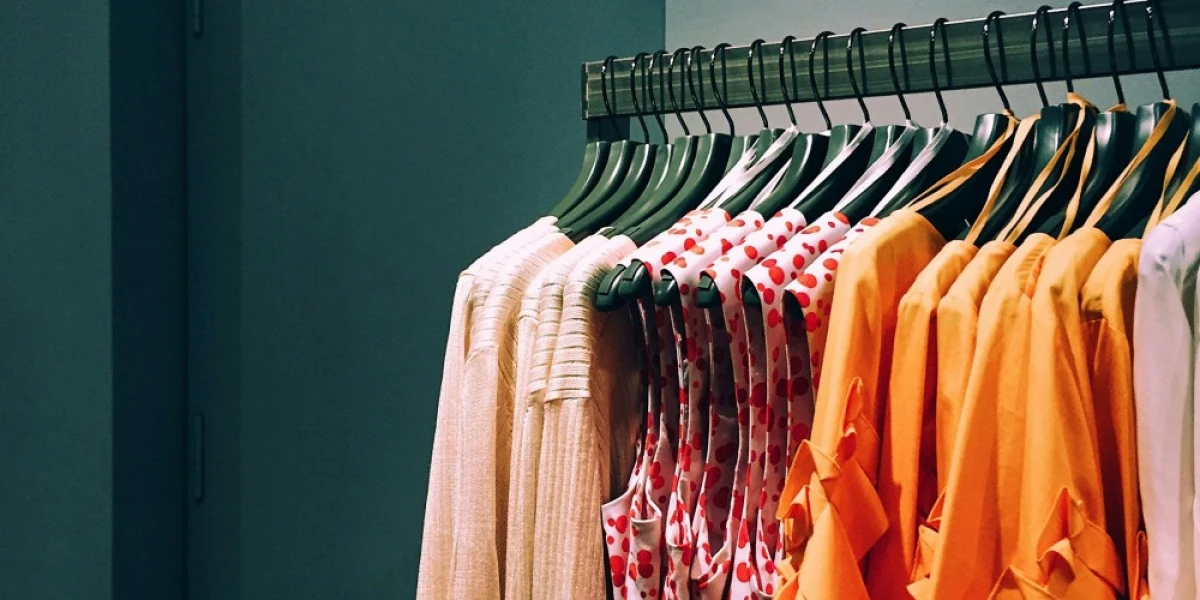
The fashion industry is facing a dynamic and increasingly complex regulatory landscape. Geopolitical shifts, evolving consumer expectations, and heightened scrutiny of supply chains are converging to create new compliance challenges for brands and retailers.
In a recent webinar with the American Apparel and Footwear Association (AAFA), we discussed what’s coming down the pipeline and how fashion businesses can prepare for upcoming challenges.
This article explores the key trends I see shaping the compliance landscape in 2025, including proposed tariffs, manufacturing hub shifts, the limitations of sourcing diversification, and the importance of proactive risk detection through enhanced visibility.
1. Evolving fashion compliance landscape
2024 brought significant trade disruptions and regulatory pressures, and 2025 promises further uncertainty for the cotton and fashion industry.
The threat of new tariffs will force brands and manufacturers to reassess their sourcing decisions. It’s likely to drive further relocation of manufacturing to countries with more favorable trade agreements. This shift, however, can lead to increased instances of transshipments aimed at circumventing tariffs and inspections.
Regulations like the Uyghur Forced Labor Prevention Act (UFLPA) are expected to remain firmly in place, with indications pointing towards even stricter enforcement. Forced labor compliance will continue to be a central focus for both regulatory bodies and consumers.
Sustainability and ESG are rapidly becoming a critical compliance concern as issues of waste and circularity gain importance. Consumer pressure on 'greenwashing' is forcing brands to address misleading sustainability claims, which has in part given rise to legislation such as the EU Green Claims Directive.
Brands and retailers will face increasing pressure to demonstrate environmentally responsible practices throughout their supply chains.
Accurate and reliable data is essential for navigating this complex environment. Businesses must invest in systems and processes that provide comprehensive supply chain visibility.
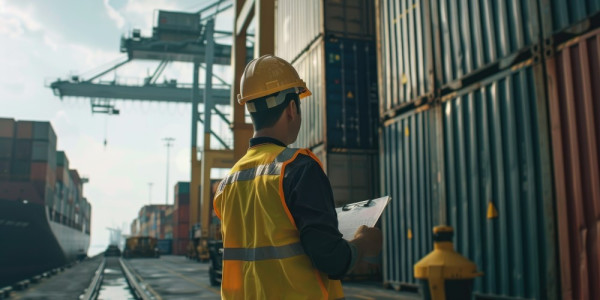
2. Legislation driving fashion compliance
A wave of legislation worldwide is significantly impacting the fashion and apparel industry, and this will not only continue, but accelerate.
In the United States, the UFLPA is already having a significant impact, and this will only expand in future for raw cotton, recycled cotton, and synthetic fibers. Further regulations such as the proposed New York Fashion Act are also set to shape the sector in the next few years.
Emerging regulations in Europe are forcing businesses to focus on transparency and traceability of their products. These include the Corporate Sustainability Due Diligence Directive (CSDDD), Corporate Sustainability Reporting Directive (CSRD), the EU Deforestation Regulation, and the EU forced labor ban.
Leather retailers and manufacturers will need to precisely geolocate the origin of the cattle used in their products as part of EUDR compliance.
These regulations place a greater burden on brands and retailers to thoroughly understand their supply chains, extending beyond Tier 1 and Tier 2 vendors. Failure to meet the requirements of this legislation will see businesses incur substantial fines and reputational damage.
One impact of this is that we'll see compliance costs increase, as businesses introduce measures to address tariffs, due diligence requirements, and verification. These increased costs will in turn affect the apparel prices consumers see on the shelves as brands seek to recoup their costs.
3. Sourcing diversification risks in fashion supply chains
While diversification is becoming a popular sourcing strategy, it introduces a number of inherent risks. These include:
- Supplier qualification and switching costs: Identifying new suppliers that meet quality standards can be challenging, and transitioning production to new countries incurs significant costs.
- Subcontracting risks: If new suppliers subcontract production, companies may inadvertently inherit the risks associated with those subcontractors.
To mitigate sourcing diversification risks like these, companies must conduct thorough due diligence, including assessing suppliers' financial stability, quality standards, production capacity, flexibility, and infrastructure.
Prioritizing ethical sourcing over solely pursuing the lowest price is crucial. The cheapest prices often come with cutting corners – and that puts businesses at risk. Comprehensive vetting, factory visits, and the use of appropriate tools are essential for effective risk management.
Ultimately, businesses should trust but verify. By doing this, businesses can gain assurance of the actions suppliers have taken to protect both their business and yours.
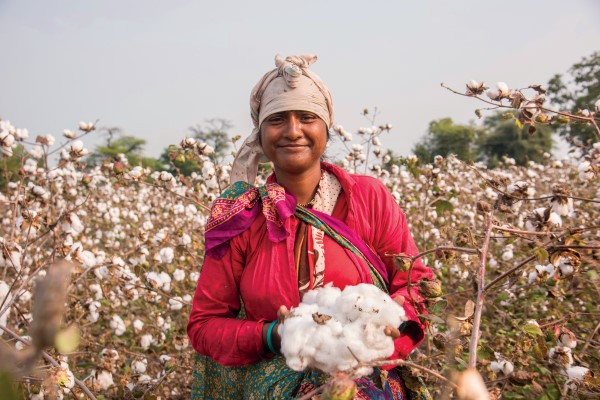
4. New global manufacturing hubs for fashion
Several countries are emerging as prominent manufacturing hubs, offering a combination of factors such as population density, lower labor costs, skilled workforces, favorable trade agreements, and economies of scale.
- Southeast Asia: Vietnam, Cambodia, India, and Bangladesh are attracting significant manufacturing investment.
- Central America: This region offers proximity to the important US market and the capacity for nearshoring.
- Africa: Countries like Ethiopia are gaining traction due to inexpensive labor and investments in infrastructure.
5. Proactive compliance and risk monitoring in fashion
The US Department of Homeland Security's (DHS) expansion of the UFLPA banned entity list underscores the need for proactive risk monitoring. Unexpected sanctions can disrupt partnerships and supply chains, emphasizing the importance of preventative measures.
Customs and Border Protection (CBP) has released isotopic testing guidance encouraging importers to incorporate a science-based approach to verifying the geographic origin of their materials. This clarifies that isotopic testing is not solely for detained shipments but a proactive measure for supply chain traceability.
While AI tools can analyze financial data to identify potential risks, such as indirect connections to banned entities, they do not provide complete visibility into the origin of raw materials at the product level.
Therefore, it remains important for brands to thoroughly understand their supply chain partners and the materials used in their products. End-to-end visibility, beyond Tier 1 and 2, is crucial for brands to address material sourcing risks. Unethical or unlawful practices at this stage can put businesses at risk of inadvertently using forced labor cotton or deforested cattle in their products.
Scientific origin verification like Oritain can identify potential instances of product fraud, enabling brands, retailers and manufacturers to resolve the issue before it reaches the regulators.
A multi-faceted approach combining thorough due diligence, technological solutions, and a commitment to ethical sourcing is essential for navigating the evolving compliance landscape in 2025 and beyond.
To learn more about how Oritain’s scientific origin verification can improve your regulatory compliance and brand reputation, contact us to speak with one of our team.
Disclaimer: The information provided in this document does not and is not intended to constitute legal advice. Instead, all information presented here is for general informational purposes only. Counsel should be consulted with respect to any particular legal situation.



